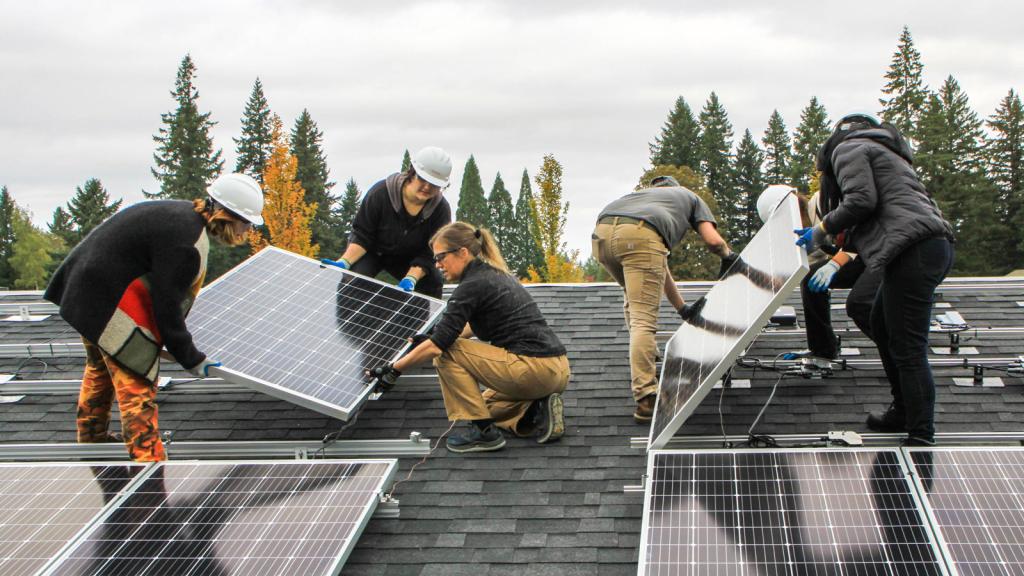I am a black muslim woman in the environmental justice movement.
I grew up in Minneapolis, where the Somali population is visible. I went to schools with kids who looked like me and had the same culture as me — people I could relate to. Growing up in these predominantly black and Muslim neighborhoods, I was always aware of who I was.
When I first got involved in environmental work, I wanted to keep my identity and my community with me in my activism, especially given the droughts in my parent’s birth country, and the increased air pollution in my own hometown. But that hasn’t always been easy.
When I joined my high school’s environmental club, I was the only black kid at most meetings, and usually the only person of color. The club consisted of a group of white students talking about their camping trips. I knew that I would never fit in. It was difficult to look like their token and attend their meetings, but I kept going because I wanted to change that.
Being the only person of color in these spaces made me realize why it was so difficult for other people of color. I remember, in late January, when we first started organizing the U.S. Youth Climate Strike, reporters would ask me, “So do you strike every Friday?” My immediate response to that question was, “No, and I’ll tell you why.”
While striking is a powerful form of protest, there are many barriers that make it inaccessible. Being able to skip class that frequently, even if it’s for just a period or two, is not an option for many middle- and high school students. Just getting to your state capitol or city hall, or anywhere symbolic, can be difficult, especially for youth of color and low-income communities.
So, no I don’t strike every Friday, because I can’t. But that doesn’t mean my activism is not valid. That doesn’t mean that the activism of thousands of youth across the world is not valid.
Attending the climate strike in Washington, D.C., was everything I wanted but also dreaded. We had amazing speakers — our own organizers! But a diverse group of organizers didn’t mean a diverse group of participants. Talking about my experiences to a crowd of thousands was amazing, but it was discouraging how few of the faces in the crowd looked like me. It showed how the climate movement needs a drastic change toward diversity before we can truly be intersectional and effective.
All of these experiences taught me that it is so important to make sure that those that are disproportionately affected by climate change be at the forefront of the issue, advocating for ourselves and our communities.
Let us remember our privilege for being here and the work of hundreds of indigenous activists before us. We strike because we can. Because the media focuses on some and not others. But many can’t.
This movement is not one person, or one group. This movement is all of us and we need to make sure we value those who are disproportionately affected by this crisis. And allow those who are affected to lead.

